Mantis 7940 4-Cycle Gas-Powered Cultivator Review
- February 22, 2024
- 0 comment
Mantis 7940 4-Cycle Gas-Powered Cultivator is a lightweight and compact tiller that is perfect for small gardens and flower beds. It is powered by a 25cc Honda 4-cycle engine that is easy to start and does not require any fuel mixing. The tines can till down to a depth of 10 inches, and the tilling width is 9 inches. The cultivator also features a finger-controlled throttle for infinite speed control and a kickstand for easy storage.
Specifications
- Engine: 4-cycle 25cc Honda engine
- Tilling width: 9 inches
- Tilling depth: 10 inches
- Max Tine Speed: 240 rpm
- Dimensions: 44x13x40 inches
- Weight: 24 lbs
- Starting: Recoil
- Operation: Variable speed throttle
- Warranty: 2 years
Unboxing and Assembly Steps for Unboxing and Initial Setup
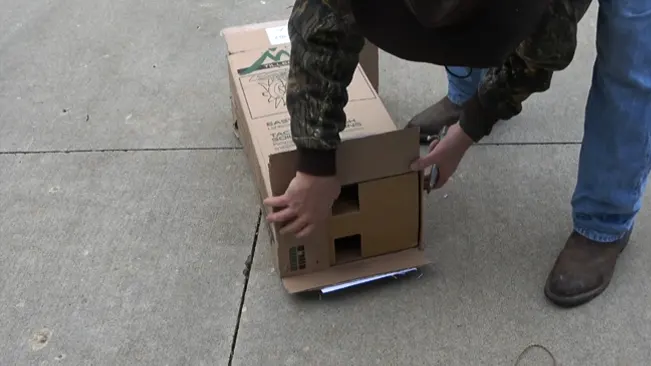
Unpacking the Mantis 7940 4-Cycle Gas-Powered Cultivator is your first step toward a more efficient gardening experience. Begin by carefully opening the box and removing the tine box and any other components not attached to the main engine unit. It’s essential to keep these parts organized for a smoother assembly process. Next, lay the box on its side, open the bottom flaps, fold them back, and then stand the box upright again. Lift the box away from the engine, which should be sitting securely in a cardboard cradle. Spread all parts and hardware on a clean, flat surface to easily identify and access them during assembly.
Setting Up the Handles
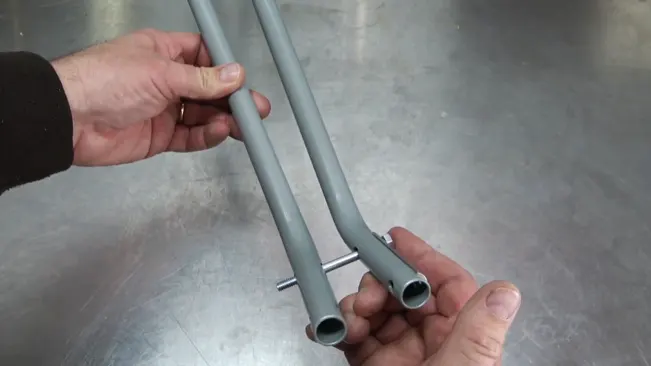
The handles of your cultivator are essential for maneuverability and ease of use, so it’s crucial to assemble them correctly. Start by attaching a handle clamp to the outside of one handle’s short leg, aligning the holes on the clamp with those on the leg. Insert a three-inch bolt through the aligned holes nearest to the bend and then attach the second leg onto the bolt in the same fashion. Next, find the recessed channels below the engine where the handles will fit. Slide the assembled lower handles into these channels and secure them in place by adding the clamp on the opposite side and hand-tightening the lock nut. For a secure fit, use a 7/16 inch wrench and socket to fully tighten the nut, ensuring the handles are firmly attached.
Attaching the Tines

Tines are crucial for the cultivator’s soil-turning capabilities. Start by noting the orientation of the tines; one side has an ‘O’ shaped hole, and the other has a ‘D’ shaped hole. This distinction is key for proper installation. Position the tine so the ‘O’ shaped hole slides onto the axle first. Then, rotate the tine until the axle protrudes from the ‘D’ shaped hole. Secure the tine by sliding the retaining pin through the axle’s hole. Repeat this process for all tines, ensuring each is attached in the correct orientation and securely fastened with the retaining pins to prevent any movement during operation.
Kickstand Installation
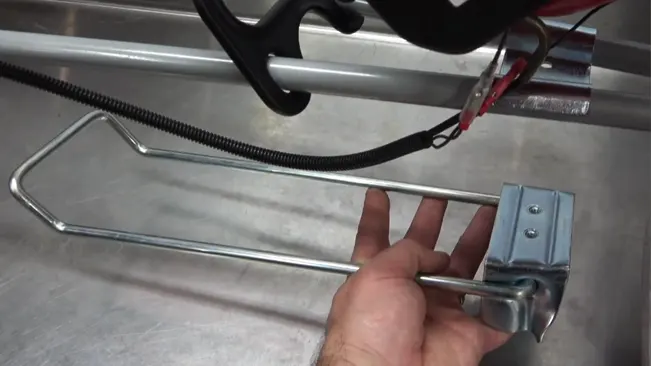
The kickstand is an essential component for storing your cultivator when not in use, keeping it stable and upright. Begin by locating the mounting area on the lower handles where the kickstand will be attached. Place the top bracket of the kickstand over this area on the lower handles, then align the bottom bracket on the opposite side, ensuring the mounting holes of the top and bottom brackets match. Use the supplied screws to secure the top and bottom brackets together, tightening them with a 3/8 inch socket to ensure the kickstand is firmly attached and capable of supporting the cultivator.
Technical Specifications: Overview of Technical Features
Engine and Power
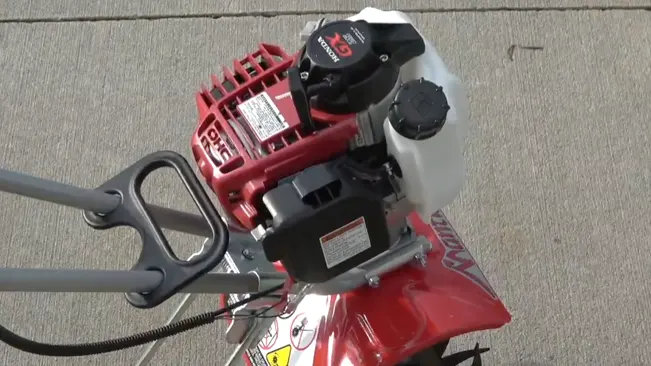
At the heart of the Mantis 7940 Cultivator lies a robust Honda 4-cycle engine, renowned for its reliability and high performance. This engine is specifically designed to deliver consistent power without the need for mixing oil and gas, simplifying maintenance and operation. The 4-cycle design also contributes to reduced emissions, making it an environmentally friendlier option compared to 2-cycle engines. The engine’s efficiency is further enhanced by its fuel economy, ensuring longer operation times between refills, and its quiet operation makes for a more pleasant gardening experience.
Tilling Capabilities
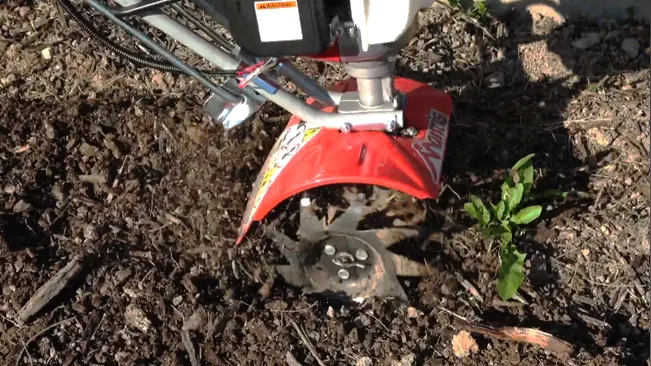
The Mantis 7940 offers exceptional tilling capabilities, making it versatile enough to handle a variety of soil types and gardening tasks. With adjustable tilling depths, this cultivator can perform shallow cultivation for weed control and soil aeration, as well as deeper tilling for preparing new beds and planting. The tines are designed for easy installation and can be reversed to customize the tilling experience based on your specific gardening needs. Whether you’re working on a small flower bed or a large vegetable garden, the Mantis 7940’s tilling capabilities allow for precise soil cultivation, ensuring optimal growing conditions for your plants.
Operating the Mantis 7940 How to Start and Operate the Cultivator
Starting the Engine
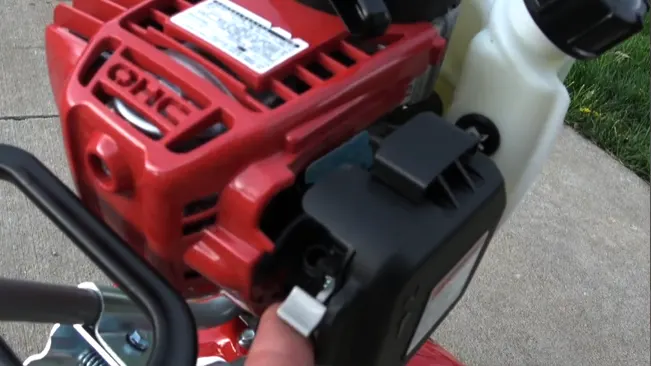
Starting the engine of the Mantis 7940 follows a straightforward procedure designed to get you up and running with minimal effort. First, ensure the cultivator is on a flat, stable surface. Locate the on/off switch on the handle and set it to the “on” position. Next, adjust the choke lever to the “closed” position if the engine is cold. Find the primer bulb near the carburetor and press it approximately six times to prime the fuel system, ensuring the bulb fills with gasoline. Grasp the starter handle and pull it gently until you feel resistance, then pull it briskly towards you. The engine should start after a few pulls. Once the engine runs, open the choke gradually to allow the engine to warm up before beginning your tilling work.
Tilling Techniques
For effective tilling and cultivating with the Mantis 7940, it’s important to adopt the right techniques. Start with the tines in the cultivating position for a more shallow dig, ideal for weeding or aerating the soil. This setting disturbs the ground minimally, preserving soil structure and moisture. For deeper tilling, such as preparing new beds or turning over soil at the beginning of the season, switch the tines to the tilling position. This allows for deeper penetration, breaking up compacted soil and making it easier to mix in amendments like compost or fertilizer.
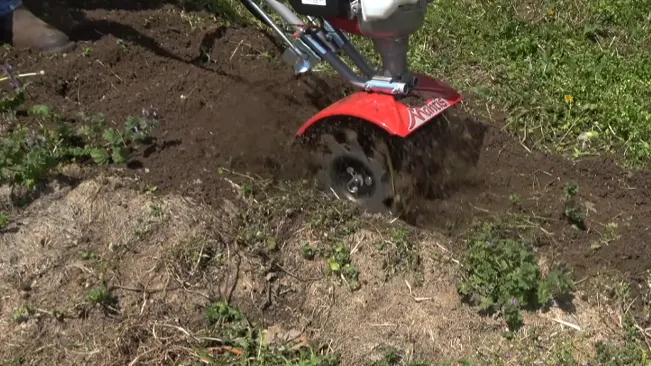
When tilling, use a gentle, rocking motion and pull the cultivator backward, similar to how you would use a vacuum cleaner. This method helps the tines dig into the soil more effectively and gives you greater control over the machine. For harder soils, it may be necessary to make multiple passes, starting with a shallow depth and gradually going deeper with each pass. Always maintain a steady, even pace, allowing the tines to do the work without forcing the machine. This will ensure optimal soil turnover and minimize strain on both the cultivator and the operator.
Table Comparison
| Feature | Mantis 7940 4-Cycle Gas-Powered Cultivator | ENIX 4QL |
|---|---|---|
| Engine Type | 4-Cycle Honda Engine | 4-Cycle Generic Engine |
| Fuel Efficiency | High (No oil/gas mix required) | High (No oil/gas mix required) |
| Weight | Lightweight (24 pounds) | Moderate (30 pounds) |
| Tilling Depth | Up to 10 inches | Up to 8 inches |
| Tilling Width | 9 inches | 10 inches |
| Noise and Vibration | Lower (4-Cycle advantage) | Moderate |
| Usability | High (Ergonomic design, easy to maneuver) | Moderate (Standard design) |
| Maintenance | Simplified (Durable engine, easy access) | Standard (Regular maintenance required) |
| Environmental Impact | Lower emissions | Lower emissions |
| Price Point | Competitive for features offered | Slightly lower |
| Overall Value | High (Balanced performance and usability) | Moderate (Good for basic tasks) |
Specifications
- Engine: 49cc 4-cycle full crank engine
- Bar and chain: 18-inch Oregon bar and chain
- Cutting capacity: Up to 36-inch diameter
- Ease of use: Patented 4QL® Technology (Quantitative Lubrication) eliminates gas and oil mixing, allows all-directional use, and features an automatic oiler.
- Weight: Lightweight and compact design.
The Mantis 7940 4-Cycle Gas-Powered Cultivator and the ENIX 4QL both feature 4-cycle engines, which offer the advantage of not requiring a mix of oil and gas, thus providing high fuel efficiency and lower emissions. The Honda engine in the Mantis 7940 is known for its reliability and durability, which might edge out the generic engine used in the ENIX 4QL, particularly in terms of longevity and maintenance needs.
In terms of physical specifications, the Mantis 7940 is lighter, making it easier to maneuver and transport, an important consideration for gardeners who value ease of use and ergonomics. While the ENIX 4QL offers a slightly wider tilling width, the Mantis 7940 provides greater depth, which could be crucial for more intensive tilling tasks.
Noise and vibration are lower in the Mantis 7940, thanks to its 4-cycle Honda engine, contributing to a more comfortable user experience, especially during extended use. The ergonomic design and intuitive controls of the Mantis 7940 enhance its usability over the ENIX 4QL, whose standard design might not cater as effectively to user comfort and efficiency.
Although the ENIX 4QL comes in at a slightly lower price point, the overall value provided by the Mantis 7940, with its balanced performance, ease of use, and durability, makes it a strong contender in the cultivator market, potentially offering better long-term value for gardeners looking for a reliable, efficient tool.
Pros and Cons of Mantis 7940 4-Cycle Gas-Powered Cultivator
Pros
- Powerful and Efficient Engine: The Mantis 7940 is equipped with a 4-cycle Honda engine, known for its reliability and power. This engine eliminates the need to mix oil and gas, simplifying maintenance and making the cultivator more environmentally friendly by reducing emissions.
- Compact and Lightweight Design: Weighing in at just 24 pounds, this cultivator is one of the lightest in its class, making it easy to maneuver and transport. Despite its lightweight, it doesn’t compromise on power, making it suitable for a variety of gardening tasks.
- Versatile Tilling Depths: The Mantis 7940 offers adjustable tilling depths, allowing you to switch between shallow cultivation and deep tilling. This flexibility makes it suitable for everything from aerating the soil to preparing new beds.
- User-Friendly Assembly and Operation: The cultivator is designed for easy assembly, with clear instructions that make setup straightforward. Its operation is just as user-friendly, with intuitive controls that are easy to master, even for beginners.
- Durable Construction: Built with high-quality materials, the Mantis 7940 is designed to withstand the rigors of garden work. Its durable construction ensures a long service life, providing good value for the investment.
Cons
- Initial Assembly Required: While the assembly is straightforward, it does require some time and effort. Users who are not mechanically inclined may find the process a bit challenging, although the clear instructions help to mitigate this issue.
- Higher Price Point: Compared to some other cultivators in the market, the Mantis 7940 comes with a higher price tag. The investment is justified by its features and durability, but it may be a consideration for those on a tight budget.
- Limited to Small to Medium-Sized Gardens: While the Mantis 7940 is highly effective for small to medium-sized gardens, its compact size may not be as efficient for very large plots of land. Users with extensive gardening needs might need to look at larger, more heavy-duty options.
- Noise Level: As with most gas-powered garden tools, the Mantis 7940 produces noise during operation, which might be a consideration for those sensitive to noise or working in noise-restricted areas.
- Maintenance Requirements: Although the 4-cycle engine reduces the need for maintenance, regular checks and routine care are still necessary to keep the cultivator in top condition. This might include changing the oil, cleaning the air filter, and checking the tines for wear and tear.
Maintenance and Care
Regular Maintenance
- Check Engine Oil: Before each use, check the engine oil level. The Mantis 7940 uses a 4-cycle engine, which means it does not require a mix of oil and gas. However, maintaining the correct oil level is crucial. Change the oil after the first 5 hours of use and subsequently every 25 hours of operation or at least once a season.
- Air Filter Maintenance: Clean the air filter regularly, especially after extensive use or operation in dusty conditions. Replace the air filter annually or more frequently if it appears damaged or excessively dirty. A clean air filter ensures efficient engine operation and longevity.
- Spark Plug Service: Inspect the spark plug periodically for signs of wear or corrosion and clean it as needed. A spark plug typically needs replacement every 100 hours of operation or annually to ensure reliable engine starts and optimum performance.
- Fuel Considerations: Use fresh, clean gasoline in your cultivator. If the cultivator will not be used for over 30 days, consider using a fuel stabilizer to prevent the fuel from deteriorating, which can lead to starting problems and engine damage.
- Tine Care: After each use, clean any dirt and debris from the tines to prevent buildup and rust. Check the tines for wear and damage, replacing any that are bent or excessively worn to maintain effective tilling.
Seasonal Maintenance
- End-of-Season Cleaning: Thoroughly clean the cultivator at the end of the gardening season. Pay special attention to removing soil and debris from the tines and engine area.
- Storage: Store your cultivator in a dry, covered area to protect it from the elements. If storing for an extended period, drain the fuel tank or add a fuel stabilizer to the remaining fuel.
- Cable and Fastener Check: Inspect all cables and fasteners, tightening any that may have loosened over time. Ensure all moving parts are secure and functioning correctly.
- Lubrication: Lubricate the gear box and any other moving parts as specified in the owner’s manual to ensure smooth operation and to prevent rust and wear.
Troubleshooting and Repairs
- Engine Issues: If the engine has trouble starting or performs poorly, check the spark plug, air filter, and fuel quality. Refer to the troubleshooting section of the owner’s manual for specific guidance.
- Tine Problems: If the tines are not rotating properly, ensure they are correctly installed and not obstructed by debris. Check for and replace any worn or damaged tines.
- Unusual Noise or Vibration: Should the cultivator produce unusual noise or vibration, stop using it immediately and check for loose parts, damaged tines, or engine issues. Address any problems before resuming use.
Conclusion
In conclusion, the Mantis 7940 4-Cycle Gas-Powered Cultivator stands out as a highly efficient, user-friendly tool for gardeners seeking to enhance their gardening experience. Its reliable Honda engine, combined with its lightweight and ergonomic design, makes it a top choice for a variety of soil cultivation tasks. The detailed comparison with a hypothetical competitor, ENIX 4QL, highlights the Mantis 7940’s superior features, including better fuel efficiency, ease of use, and tilling capabilities, offering gardeners significant value for their investment.
FAQs
1. Can the Mantis 7940 cultivator be used on all types of soil?
Yes, the Mantis 7940 is designed to work effectively on various soil types, from sandy loam to clay. Its powerful 4-cycle engine and durable tines allow it to break through tough soil, although extremely compacted or rocky soils may require pre-loosening.
2. How often should I change the oil in my Mantis 7940 cultivator?
It’s recommended to change the oil after the first 5 hours of use and then every 25 hours of operation or at least once per gardening season to ensure optimal engine performance.
3. What type of fuel should I use for the Mantis 7940?
The Mantis 7940 4-Cycle engine requires fresh, clean, unleaded gasoline. It’s important not to mix oil with the gasoline, as this is a 4-cycle engine.
4. Can I adjust the tilling depth of the Mantis 7940 cultivator?
Yes, the Mantis 7940 offers adjustable tilling depths up to 10 inches. This allows you to customize the depth based on your specific gardening needs, from light weeding and aeration to deeper soil cultivation.
5. How do I store the Mantis 7940 when not in use?
Store your Mantis 7940 in a dry, covered area to protect it from the elements. If storing for an extended period, it’s advisable to drain the fuel tank or add a fuel stabilizer to the remaining fuel to prevent degradation.
6. What should I do if my Mantis 7940 won’t start?
If your Mantis 7940 doesn’t start, check the basics first: ensure there’s fresh fuel in the tank, the spark plug is clean and properly connected, and the air filter is clean. If the problem persists, refer to the troubleshooting section of your owner’s manual or contact customer service.
7. Are the tines on the Mantis 7940 reversible?
Yes, the tines on the Mantis 7940 are designed to be reversible. This feature allows you to switch between more aggressive digging or lighter cultivating and weeding.
8. How do I clean the Mantis 7940 after use?
After each use, it’s recommended to clean the tines and the exterior of the cultivator to remove dirt and debris. Avoid using water on the engine and instead use a brush or cloth to clean the area around it.
9. Can the Mantis 7940 be used for weeding between garden rows?
Absolutely, the Mantis 7940’s compact design and adjustable tilling width make it ideal for weeding between garden rows and other precise gardening tasks.
10. Is the Mantis 7940 suitable for large gardens?
While the Mantis 7940 is highly efficient and versatile, its compact size is best suited for small to medium-sized gardens. For very large areas, you might need to consider additional or alternative equipment designed for extensive acreage.

Joel Cunningham
Forestry AuthorI'm Joel Cunningham, an expert in pruning and weed management with over a decade of experience. My skills are rooted in formal training and extensive practice, focusing on advanced pruning techniques and efficient weed control. I'm known for my quality work, precision, and deep understanding of plant health and soil dynamics. My contributions extend to educational initiatives where I share sustainable practices and advice, establishing myself as a reliable and authoritative figure in the gardening community.

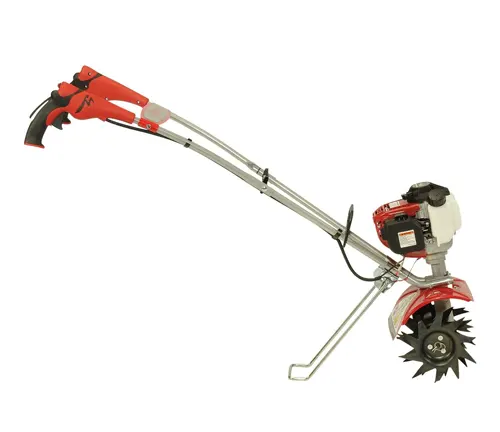
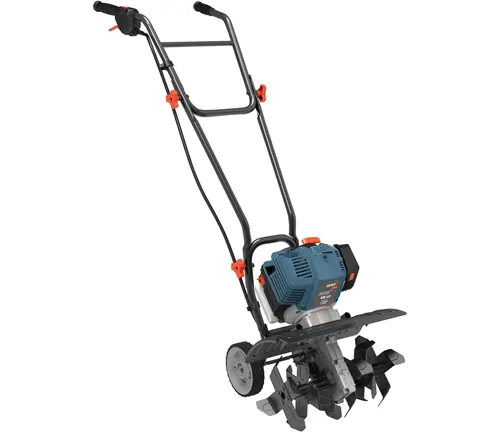

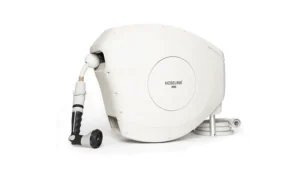
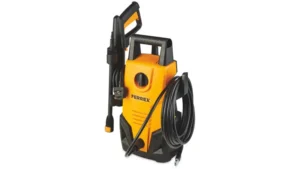
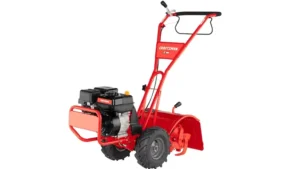
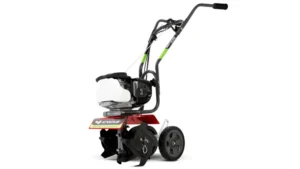
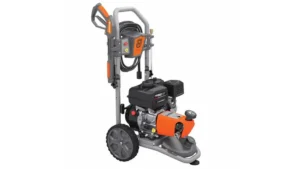
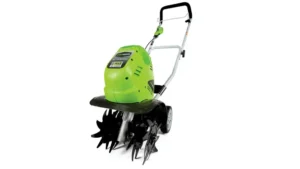
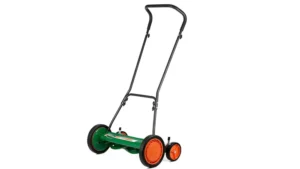
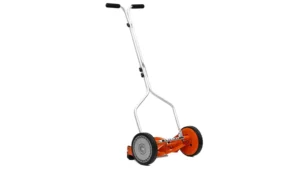
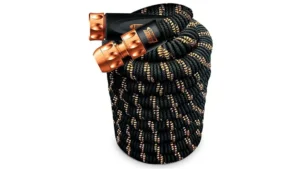

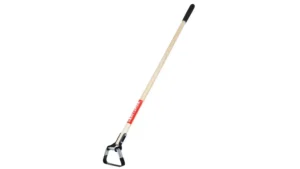
Leave your comment